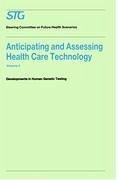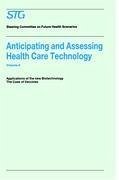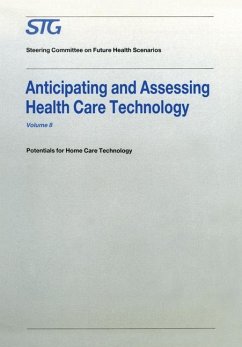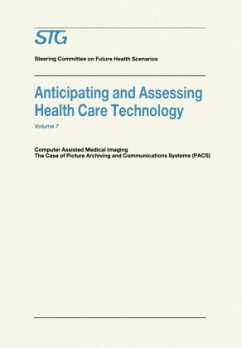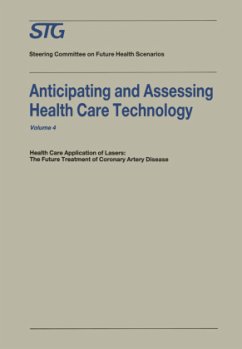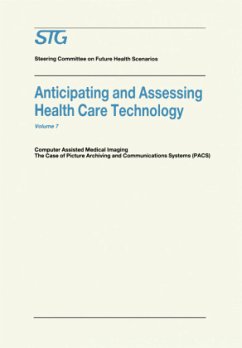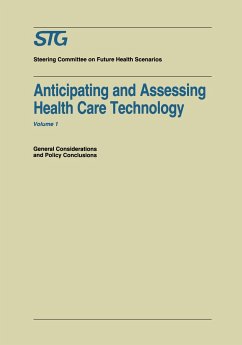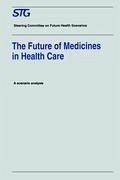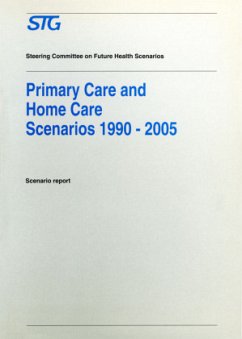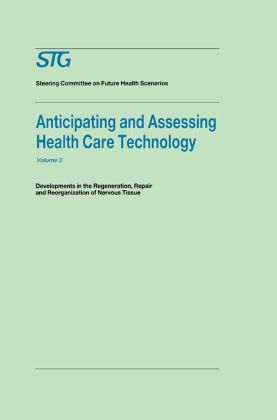
Anticipating and Assessing Health Care Technology, Volume 3
Developments in regeneration, repair and reorganization of nervous tissue. A report commissioned by the Steering Committee on Future Health Scenarios
Mitarbeit: Banta, H. David
Versandkostenfrei!
Versandfertig in 1-2 Wochen
115,99 €
inkl. MwSt.

PAYBACK Punkte
58 °P sammeln!
This book contains the contributions of 13 well known specialists in the field of solid state chemistry who had invited as lectures at a 1992 NATO Advanced Study Institute in Erice, Sicily. The chapters of a more general character concern the use of the space group-subgroup relatioship for the recognition of structure families, the crystal chemical formulae (which is a way of denoting simple crystal chemical information in a condensed form), the concepts of atom coordination, atom volume and charge transfer and the physicist's view of the bond strength in the solid which is measured by the cry...
This book contains the contributions of 13 well known specialists in the field of solid state chemistry who had invited as lectures at a 1992 NATO Advanced Study Institute in Erice, Sicily. The chapters of a more general character concern the use of the space group-subgroup relatioship for the recognition of structure families, the crystal chemical formulae (which is a way of denoting simple crystal chemical information in a condensed form), the concepts of atom coordination, atom volume and charge transfer and the physicist's view of the bond strength in the solid which is measured by the crystal orbital overleap population. It is demonstrated for the case of ionic compounds that the bond valence method is superior to the old sum-of-radii method for the prediction of interatomic distances. Simple valence electron rules can be applied to compounds with tetrahedral anion complexes. These rules allow one not only to make predictions on expected structural features of unknown compounds, but also to point out inconsistencies between the reported structure and composition of known comounds. Detailed accounts are presented on the crystal chemistry of the superconducting copper oxids, the sulfosalts, the metal cluster compounds, the silicates and the transition metal borides and related compounds. In the case of intermetallic compounds the intergrowth concept is found to be very useful for an 'understanding' of complicated atom arrangements. At the end of each chapter there can be found problems and their solutions. This makes it possible for (advanced) undergraduates in chemistry, physics, metallurgy, materials science and mineralogy to be able to profit from a study of this book.






